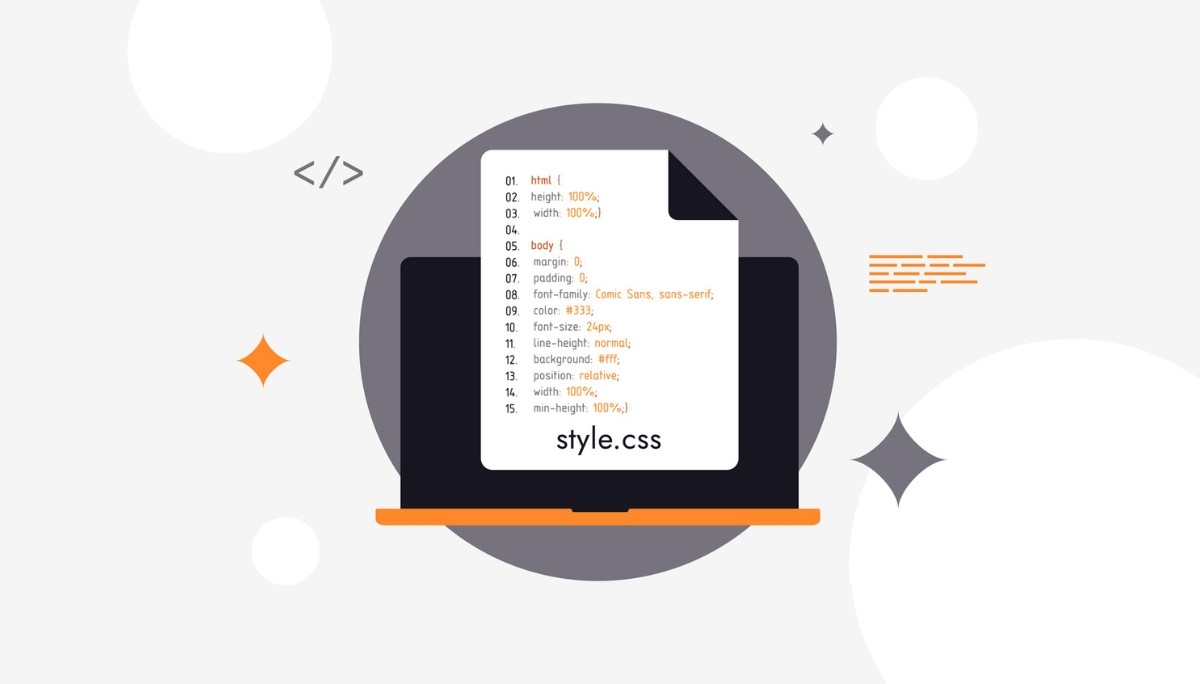What Happens When You Train AI on AI-Generated Data?
By
Samantha Cox
•
Jun 10, 2025
Training AI on AI data involves using synthetic data generated by AI models to train other AI systems. This approach can enhance data availability, reduce biases, and accelerate AI development. In this article, we’ll break down how it works, the advantages it brings, and the potential risks to watch out for. For AI engineers pushing boundaries and recruiters looking for talent ahead of the curve, Fonzi AI helps surface candidates who understand and work with cutting-edge techniques like this.
Key Takeaways
AI-generated data is essential for training models, providing vast and unbiased datasets while reducing reliance on human-collected data.
Training AI involves careful data preparation and monitoring for issues like overfitting to ensure model reliability and performance.
While AI-generated data brings efficiency and adaptability to various sectors, organizations must address challenges like model collapse and embedded biases to maintain effectiveness.
Understanding AI-Generated Data

AI-generated data refers to synthetic information created by algorithms, which can either mimic real-world data or be entirely novel. This new data is crucial for training AI models because it allows for the creation of vast datasets without the constraints and biases inherent in human-collected data. The concept of synthetic data isn’t new, but its application in machine learning has opened up new frontiers.
Creating AI-generated data often involves large, advanced machine learning models like Generative Adversarial Networks (GANs) and diffusion models. These models learn from extensive datasets to produce realistic outputs, simulating scenarios and data points that are rare or costly to gather. For instance, GANs can generate images of non-existent objects that look convincingly real, a capability useful in design and entertainment using generative AI tools.
The quality and usability of AI-generated data hinge on the complexity of the algorithms and the richness of the training data. Clear and specific instructions and comprehensive context can significantly enhance the relevance and quality of AI-generated output, making it more applicable across various fields. This foundational AI understanding of the basics sets the stage for exploring how we can train AI using this synthetic data.
The Process of Training AI on AI-Generated Data

Training AI on AI-generated data starts with meticulous data preparation, involving cleaning and organizing the dataset for optimization. Comprehensive data management ensures high-quality, relevant datasets for the task at hand. Once the data is ready, the actual training process in data science can begin.
Selecting the appropriate AI model is the first step, requiring an understanding of dataset size and available computational resources. Whether using supervised, unsupervised, or reinforcement learning, the choice of model and technique depends on the data’s nature and the AI project’s objectives. For example, supervised learning suits tasks with labeled data, while unsupervised learning is useful for uncovering hidden patterns in unlabeled data.
During training, monitoring for overfitting is crucial, as a model excels on training data but performs poorly on new, unseen data. This ensures the AI model learned and generalizes well, maintaining its effectiveness and reliability.
After training, model testing evaluates the AI model’s performance using a separate dataset to check for accuracy and functionality. This iterative process, often managed through Machine Learning Operations (MLOps), is essential for transitioning models from research to production.
Benefits of Using AI-Generated Data for Training

Using AI-generated data for training offers significant benefits, including cost and time efficiency. Automating content delivery and assessment generation can significantly lower expenses and save time, especially in fields requiring large-scale software development, coding skills, AI courses, data analysis, and processing.
Another benefit is the adaptability of AI tools to deliver personalized learning experiences. AI tailors content based on individual learner profiles, adapting to unique needs and improving training effectiveness. This ensures each user receives relevant, engaging content, enhancing their learning experience.
Moreover, AI tools offer enhanced support and advanced analytics. AI chatbots and virtual assistants provide 24/7 support and immediate assistance. Advanced analytics deliver insights into AI training effectiveness, learner engagement, and areas needing improvement, enabling organizations to make data-driven decisions and continuously optimize training programs through Google’s AI-powered tools and AI work.
Potential Risks and Challenges
While the benefits are substantial, using AI-generated data also presents risks and challenges. One major risk is model collapse, where the AI’s accuracy and quality degrade over time due to excessive reliance on synthetic outputs, leading to poor performance and reliability.
Another challenge is the risk of biases in synthetic data. Embedded biases can be amplified through repeated training, resulting in increasingly unreliable AI models. Additionally, training primarily on synthetic data can diminish output diversity, leading to a difference in less creative and original responses.
Overfitting is another issue, where AI systems trained on synthetic data may struggle with generalization to real-world scenarios, limiting the model’s effectiveness in diverse environments. Implementing a human-in-the-loop approach can help validate AI outputs, ensuring quality and reducing biases.
Real-World Applications

Training AI on AI-generated data has numerous real-world applications across various industries. In healthcare, generative AI enhances diagnostics and treatment by analyzing patient data for personalized care, potentially revolutionizing patient outcomes through more accurate and timely medical interventions.
In the financial sector, AI algorithms are used for algorithmic trading, analyzing vast amounts of data to make real-time investment decisions, helping financial institutions optimize trading strategies and manage risks. Similarly, AI improves supply chain management by predicting demand and optimizing inventory based on real-time analytics.
Autonomous vehicles use AI to process sensor data for navigation and obstacle detection, enhancing road safety. Additionally, AI technologies are applied in climate modeling to predict environmental changes and assist in conservation efforts, demonstrating AI’s transformative potential in addressing pressing global challenges.
AI-enhanced video surveillance systems autonomously identify unusual activities, bolstering public safety. In sports, analytics leverage AI effectively to assess player performance and provide insights that enhance training and gameplay. These examples illustrate AI’s broad and impactful applications across different sectors.
How Fonzi Utilizes AI-Generated Data
Fonzi is at the forefront of utilizing AI to revolutionize the hiring process. By automating the sourcing, reviewing, and screening of candidates, Fonzi ensures that the hiring process is continuous and efficient. This automation allows for the identification of top talent without the limitations of traditional hiring methods.
Fonzi employs advanced machine learning models to detect fraudulent profiles and inconsistencies in applicant data, enhancing the reliability of the hiring process. The tool integrates smoothly with existing applicant tracking systems (ATS), improving workflow efficiency and ensuring a seamless experience for recruiters, showcasing the skill involved in optimizing recruitment processes with code.
Fonzi’s unique approach includes delivering structured, bias-audited evaluations, making the hiring process scalable and consistent. By connecting teams to a live, growing talent network, Fonzi preserves and improves the candidate experience, transforming hiring into a data-informed process.
Best Practices for Training AI on AI-Generated Data

To train AI models effectively using AI-generated data, certain best practices should be followed. Regularly review and edit AI-generated content to ensure it aligns with your brand’s voice and maintains factual accuracy, helping to maintain the quality and relevance of writing clear, AI-produced content while using Google’s AI responsibly.
Integrating additional resources and support can enrich the learning AI experience from AI-generated content and enhance customer experiences. Providing supplementary materials and guidance helps users better understand and engage with the content, leading to more effective learning outcomes.
Training employees in prompt engineering can optimize AI responses and improve content creation outcomes. Understanding how to craft effective prompts, which are specific instructions for the AI to follow, enhances AI’s ability to generate relevant, high-quality content, maximizing the benefits of AI-generated data.
Future Implications
The future of training AI on AI-generated data holds a lot of potential. AI and machine learning can analyze extensive datasets in real-time, enhancing efficiency and accuracy in decision-making processes. This capability is particularly valuable in industries that require rapid and precise data analysis, especially with artificial intelligence.
Reinforcement learning, a method where machines learn from interactions and optimize decisions through trial and error, could further enhance AI’s capabilities. Additionally, quantum machine learning promises to revolutionize the field by enabling faster problem-solving capabilities that surpass classical computing methods. These advancements will drive growth and innovation, opening up new possibilities for AI applications.
As we look to the future, the continuous evolution of AI technologies will undoubtedly bring new ideas and opportunities. By harnessing the power of AI-generated data and staying abreast of emerging trends, many organizations can drive growth and stay ahead in an increasingly competitive landscape.
Summary
In summary, training AI on AI-generated data offers both significant benefits and notable challenges. From cost and time efficiency to personalized learning experiences, the advantages are substantial. However, potential risks such as model collapse, biases, and overfitting must be carefully managed to ensure the reliability and effectiveness of AI models.
Fonzi’s innovative approach to utilizing AI-generated data in hiring exemplifies how these technologies can transform traditional processes. By automating and optimizing the hiring process, Fonzi provides a scalable, consistent, and data-informed solution that enhances the candidate experience.
Looking forward, the future implications of AI and machine learning are vast. As these technologies continue to evolve, they will drive growth, innovation, and new opportunities across various industries. Embracing these advancements will be key to staying ahead in an increasingly AI-driven world.




